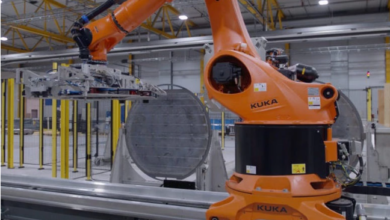Australia’s Parmelia gas pipeline can be 100pc H2-ready

Western Australia’s (WA) Parmelia gas pipeline can be successfully converted to transport pure hydrogen, according to Australian gas pipeline group APA.
The study proved that a 43km section of the Parmelia gas pipeline in the state’s southern region could be used to carry hydrogen between the Kwinana industrial area and US-based producer Alcoa’s Pinjarra alumina refinery.
The project will next consider preparing the pipeline for hydrogen service through conversion plans and safety studies while continuing to investigate potential supply and offtake opportunities.
Pressurised hydrogen transfer using an existing natural gas pipeline was feasible, safe and efficient at current operating pressures using blended or pure hydrogen, according to APA’s laboratory testing.
“There is a high likelihood that around half of APA’s natural gas pipeline assets could be used for hydrogen transportation, in 100pc pure or blended form, with no, or small, changes to their current operating profile,” said Adam Watson. “APA’s 15,000km of gas pipelines are linked and adjacent to some of Australia’s best geographical areas for both blue and green hydrogen production.”
APA in 2021 announced its plans for Australia’s first 100pc hydrogen-ready transmission pipeline.
Canadian energy company ATCO last year began blending small percentages of hydrogen into a section of a distribution pipeline at Cockburn city, reaching 2,700 homes and businesses. ATCO will test blend percentages from 2-10pc under the pilot.
WA is Australia’s largest gas-producing region with major LNG export plants in its northwest, but its government has ambitious plans for hydrogen production using its abundant renewable energy sources, recently allocating land for seven industrial projects worth A$70bn ($47bn).
The state has set a target of sourcing 1pc of electricity for the South West Interconnected System grid from hydrogen at a cost of A$21mn by 2030.
